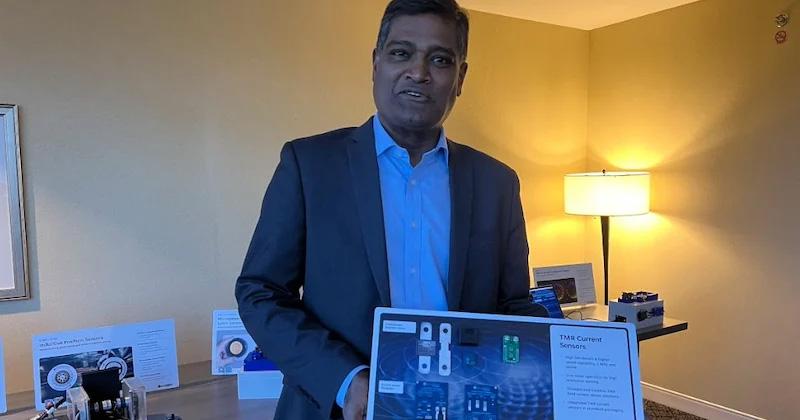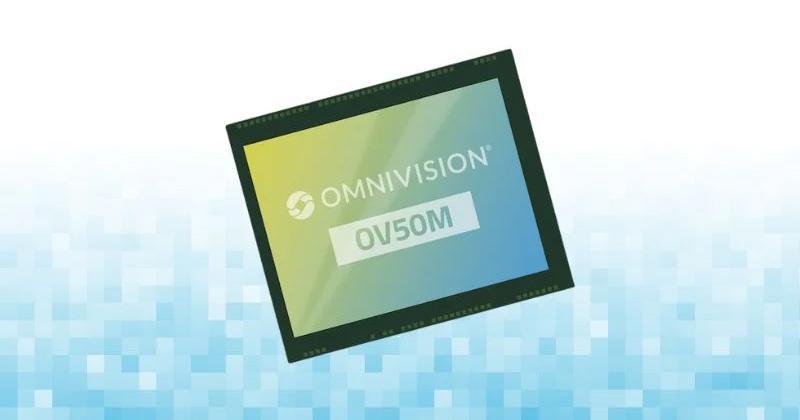
Onsemi calls the platform the "industry’s most advanced" analog and mixed-signal platform for intelligent power management.
Onsemi has introduced its Treo platform, an advanced and modular analog and mixed-signal system. Integrating diverse functionalities—power management, sensor interfaces, and communication subsystems—within a single modular architecture, the platform addresses high-performance demands across automotive, medical, industrial, and AI data center applications.
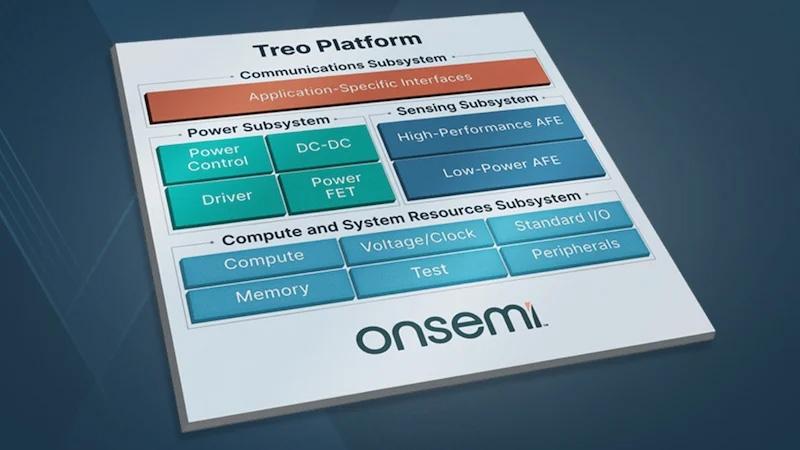
High-level block diagram of the Treo platform.
An Advanced BCD Process at 65 nm
A key feature of Treo's architecture is its 65-nm bipolar-CMOS-DMOS (BCD), which integrates the advantages of bipolar transistors, CMOS, and DMOS within a single chip. Each element provides distinct benefits: the bipolar transistors offer high analog precision for sensitive signal processing requirements; the CMOS component enables efficient digital processing and complex control logic directly on-chip; and the DMOS transistors address high-voltage and power demands.
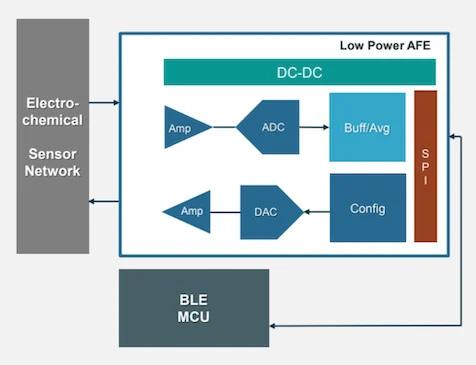
One application use case of Treo: an ultra-low-power analog front end (AFE) in a continuous glucose monitor.
Operating at 65 nm gives Treo a unique position among analog and mixed-signal platforms. While previous BCD technologies have often been constrained to 90 nm and beyond, this reduction to 65 nm increases integration density and reduces footprint. According to Rentala, this process density consolidates multiple functionalities into a single die and minimizes silicon area without compromising performance or reliability.
“65 nanometers allows high-density digital, high-performance analog, and high-voltage power all in a single modular technology,” he explained.
Along with a compute subsystem that provides digital control for various functionalities, the power management subsystem includes features like DC-DC converters and low-dropout regulators. Meanwhile, the sensing subsystem includes analog front ends, and the communication subsystem supports technologies like single-pair Ethernet.
Expanded Voltage Range and Noise Isolation
Treo supports a voltage range from 1 V to 90 V—a notable contrast from competing platforms that use segmented voltage domains within narrower ranges. These offerings often require separate processes or discrete components to manage the diverse voltage needs across high-performance applications. Treo’s ability to manage 1–90 V at temperatures up to 175°C within a single platform simplifies the design process by cohesively integrating low- and high-voltage circuits on one chip.
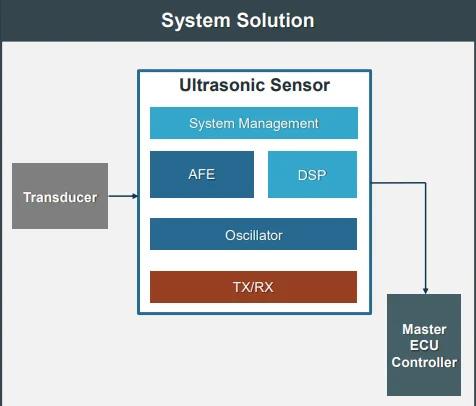
An ultrasonic sensor ADAS solution using Treo.
In automotive systems, for instance, the shift toward 48-V power architectures for electric and hybrid vehicles requires components that can handle both higher voltages for power delivery and manage lower voltages for control circuitry. Treo’s voltage range, combined with its high integration density, offers manufacturers a streamlined pathway for building power management units that support multi-level voltage requirements without adding complexity to the system design. The result is lower bill-of-materials costs and shorter time-to-market cycles.
The Treo platform also leverages onsemi’s proprietary noise isolation techniques.
“We came up with proprietary solutions for how to isolate the noise from the sensitive analog circuits and put in a high-performance analog circuit right next to a high-voltage power device without creating an impact,” Rentala said.
According to onsemi, Treo’s engineering isolates high-voltage power stages from sensitive analog circuits to prevent noise interference without requiring external filtering components. This feature is a boon for applications like automotive, where sensitive circuitry operates in harsh and noisy environments.
More Plans for Treo to Come
Onsemi plans to expand the Treo product family by 2025 to include additional solutions in high-performance sensing, DC-DC conversion, LED driving, and connectivity.“With this technology, we are giving a unique value to our customers to come up with different system solutions that were simply not possible before,” Rentala concluded. “The modularity and flexibility open doors to design possibilities across automotive, industrial, and medical applications.”


